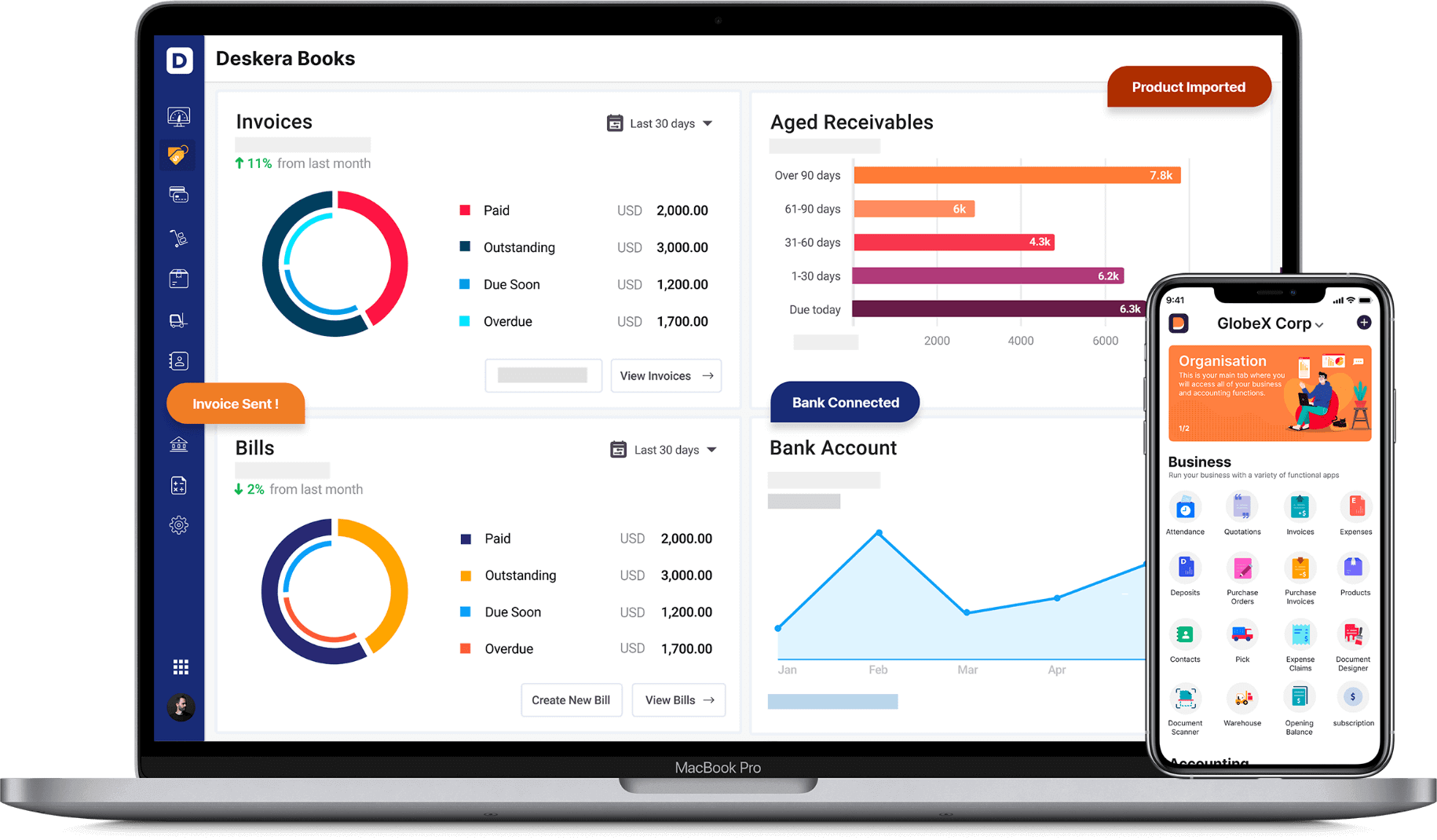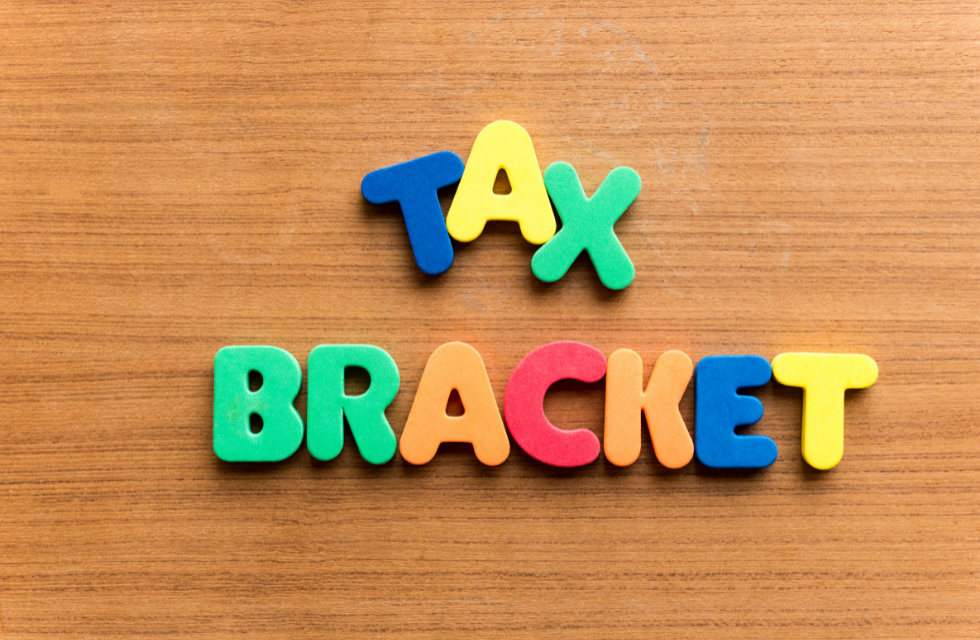The U.S. unemployment rate for workers aged 16-24 was 12.8% in March 2021. In fact, the number of unemployed people increased by 459,000 to 8.4 million in March 2021.
Also, the U.S. Bureau of Labor Statistics reported that the seasonally adjusted national unemployment rate was 6.3% in March 2021. However, what was also observed was that the number of unemployed workers increased in all major industry sectors in March 2021.
Lastly, the number of long-term unemployed (those unemployed for 27 weeks or more) was 3.2 million in March 2021. Thus, as is evident, unemployment is a complex situation with a complex calculation that is one of the topmost worries of all the nations concerned.

Unemployment is a term used to describe an individual who is actively looking for employment but is unable to find work. It is typically used to refer to people who are currently out of work, but it can also refer to people who are underemployed or employed but not earning enough to support themselves or their families.
However, to be able to rectify the scenario of unemployment and reduce it, it is important that you have a complete understanding of unemployment and how to calculate it.
This article will help you with the same by covering the following topics:
- What is Unemployment?
- What are the Different Types of Unemployment?
- What is the Unemployment Rate?
- What are the 2 Main Types of Unemployment Rates?
- What is the Importance of the Unemployment Rate?
- How to Calculate the Unemployment Rate?
- How can Deskera Help You?
- Key Takeaways
- Related Articles
What is Unemployment?
Unemployment is a situation in which individuals are without work yet are actively looking for employment. It is a macroeconomic phenomenon that affects people's access to economic resources and can have far-reaching effects on economic stability and growth.
Unemployment can occur due to a variety of reasons, including a mismatch between available jobs and the skills of job-seekers, changes in demand due to the business cycle, technological advances, or changes in the labor market due to new regulations or competition from foreign countries.
The rate of unemployment is measured by the number of people unemployed as a percentage of the total labor force. The unemployment rate is an important indicator of economic health, as it provides insight into the availability of jobs and the health of the labor market.
Unemployment can have severe consequences for individuals and society. It can lead to poverty, reduced purchasing power, and a decrease in economic mobility. In addition, long-term unemployment can lead to a lack of skills and experience which can make it difficult for job-seekers to find employment.
Unemployment also has a broader economic impact, as it can lead to a decrease in economic growth and an increase in public debt. It can also lead to an increase in social problems such as crime and homelessness.
To address the issue of unemployment, governments often implement policies such as job creation schemes, job training and retraining, and tax incentives for businesses. By providing these measures, governments can help to reduce the number of people who are unemployed and help to boost economic growth.
What are the Different Types of Unemployment?
The different types of unemployment are:
Frictional Unemployment
Frictional unemployment is unemployment that occurs when workers are in between jobs. This can happen when workers are searching for new jobs, when they are entering or reentering the labor force, or when they are transitioning to new industries or career paths.
It is a natural part of the economy and occurs even when the economy is strong. Thus, it is due to the time lag involved in matching the right worker to the right job.
Structural Unemployment
Structural unemployment is a type of unemployment resulting from a mismatch between the skills of the unemployed workers and the skills needed for the available jobs in the economy. It can also be caused by technological changes that make certain jobs obsolete.
Structural unemployment is often long-term in nature, as it can take a long time for workers to acquire the skills necessary to be employed in the new jobs created by changing economic conditions. Thus, it is due to changes in technology, international trade, and other changes in the structure of the economy.
Seasonal Unemployment
Seasonal unemployment is a type of unemployment caused by seasonal changes in the demand for certain types of work. It is most commonly seen in industries such as agriculture and tourism, where demand for labor rises and falls depending on the season.
Seasonal unemployment can also occur in other industries when demand for certain products or services is cyclical. For example, the tourism industry experiences higher levels of unemployment during the winter months.
Cyclical Unemployment
Cyclical unemployment is a type of unemployment caused by a lack of aggregate demand in the economy. It occurs when there is not enough demand for goods and services to maintain full employment.
This type of unemployment is usually seen during and after recessions when companies lay off workers due to a lack of sales. Thus, during cyclical unemployment, the decrease in demand for goods and services leads to businesses being unable to afford to hire more workers.
Technological Unemployment
Technological unemployment is a phenomenon that occurs when the introduction of new technologies makes certain jobs obsolete, leading to a decrease in the demand for certain types of labor. This can lead to a decrease in wages and an increase in unemployment, as workers are unable to find suitable employment.
Natural Unemployment
Natural unemployment is the level of unemployment that occurs when the labor market is in equilibrium, and there are no cyclical or structural influences. This type of unemployment is due to natural factors such as weather, natural disasters, war, or pandemics. It is the result of factors that are beyond the control of the government.
Also, it can be caused by the normal turnover of workers in an economy, as well as frictional unemployment due to the time it takes to match a worker to an appropriate job. Natural unemployment is typically lower than the unemployment rate during a recession.
What is the Unemployment Rate?
The unemployment rate is a measure of the percentage of people in the workforce who are without a job. It is calculated as the number of unemployed people divided by the total labor force. The labor force includes all those people who are actively looking for work and those who are currently employed.
The unemployment rate is an important economic indicator. It reflects the health of the labor market and the economy as a whole. A high unemployment rate can indicate that the economy is not growing or that jobs are not available. A low unemployment rate suggests that the labor market is healthy and that businesses are hiring.
The unemployment rate is often used by governments, businesses, and economists to gauge the state of the economy. It is also a key indicator of economic health and can be used to inform economic policy decisions.
In fact, understanding the unemployment rate in certain areas of the country will give you a better idea of the job opportunities available in that area. This is because a higher unemployment rate might be indicative of fewer jobs available in that area.
For example, if the unemployment rate is high, governments may introduce policies to stimulate job growth, such as cutting taxes or increasing public spending. The unemployment rate can also be used to compare the performance of different countries and regions.
Countries with higher unemployment rates tend to have slower economic growth and higher levels of poverty. This can have a significant impact on people’s quality of life.
What you must keep in mind is that the unemployment rate is a lagging indicator. This means that it generally increases or decreases depending on the current economic conditions.
Overall, the unemployment rate is an important economic indicator and can help governments and businesses make informed decisions. It is also a key indicator of economic health and can be used to compare the performance of different countries and regions.
What are the 2 Main Types of Unemployment Rates?
The two main types of unemployment rates are:
U-3 Unemployment Rate
U-3 is the primary or official unemployment rate that the United States Bureau of Labor Statistics releases as part of its monthly employment situation report. This figure represents the number of unemployed individuals actively seeking a job.
To calculate this unemployment rate, the bureau of labor statistics collects survey data from 60,000 random households across the country. It then bases the number on the responses from people in the household who are 16 years or older.
U-6 Unemployment Rate
U-6 is another type of unemployment rate that is calculated by the bureau of labor statistics. This unemployment rate is also known as the real unemployment rate because it factors in unemployed people, as well as those who work part-time but want to work full-time.
Thus, U-6 accurately gives an insight into everyone in a region or nation who wants to work full-time if they can. In its calculation of the “real” unemployment rate, the bureau of labor statistics factors in three categories of unemployed people:
- Marginally Attached Labor Force - These refer to the people who have not sought work in the past four weeks but have looked for a job at least once in the past year.
- Long-Term Unemployed Individuals - This refers to the group of people, including those who have looked for work in the past four weeks and have been unemployed for 27 or more weeks.
- Discouraged Professionals - This population describes a group of people who have looked for work over the past year but not in the last four weeks. However, considering that they have not looked for work in the past four weeks, the government does not consider them unemployed, even though they still may want to get a full-time job.
What is the Importance of the Unemployment Rate?
Some of the reasons why determining a region’s or country’s unemployment rate is important are:
It Determines the Impact of an Economic Event
The unemployment rate is an indicator of how an economic event affected employment during a certain period. For example, a recession is an economic event whose effects are indicated by a high unemployment rate. This also indicates that unemployment may steadily rise for a period after the recession ends.
It Helps the Government Create Policies
One of the other benefits of the unemployment rate is that it will help the Federal Reserve in formulating and determining monetary policies. In fact, the unemployment rate will also help the government make policies and take policy decisions that will help create employment opportunities for those who are willing to work.
Considering that the unemployment rate depicts the underutilization of labor which leads to lower production of goods and services, the insights provided by it are vital for policymaking.
Additionally, the unemployment rate is also used by investors to determine which sectors of the economy have decreasing job growth or increasing job growth. This will help them decide the best way that they can invest their money.
It Increases or Decreases Competition in the Job Market
One of the ways unemployment affects people is by decreasing or increasing the competition when they are looking for a job. This is because the more people who are looking for work, the higher the competition will be when you are searching and applying for a position.
Additionally, the unemployment rate will also give you an insight into how much leverage you have for negotiating your salary as well as the employee benefits you will get from the job.
How to Calculate the Unemployment Rate?
The three steps that you will have to follow to calculate the unemployment rate are:
Determine the Percentage of People in the Labor Force
One of the first steps that you will have to follow to calculate the unemployment rate is to calculate the total percentage of individuals in the labor force or those who are currently working.
To find this, you will need to divide the number of individuals working by the total working-age population. Then you will need to multiply this number by 100 to get the percentage.
Percentage of Employed Individuals = Number of People Working / Working-Age Population x 100
For example, if there are 150 million people in the labor force and 250 million people of working age in a country, then there are 60% of employed individuals.
Percentage of Employed Individuals = 150 million / 250 million x 100
Percentage of Employed Individuals = 0.6 x 100 = 60%
Find the Percentage of Individuals Out of the Labor Force
Your next step will be determining the total percentage of individuals who are not working because they are out of the labor force. To do this, you will need to divide the number of people out of the labor force by the total working-age population. Then you will need to multiply this number by 100 to get the percentage.
Total Percentage of Unemployed = Unemployed Individuals / Working - Age Population x 100
For example, there are 250 million people of working age, 90 million people out of the labor force, and 8 million people who have jobs.
Total Percentage of Unemployed = 90 million / 8 million x 100
Total Percentage of Unemployed = 0.36 x 100 = 36%
Thus, that means that 36% of people are no longer in the labor force.
Divide the Number of Unemployed People by the Number of Employed People
Now, using the information that you found through the previous steps, you will be able to determine the unemployment rate with a simple division formula.
To do this, you divide the total number of unemployed people by the total number of people in the labor force. You then multiply this number by 100 to get the unemployment rate.
Unemployment Rate = Total Number Unemployed / Total Number in Labor Force x 100
Unemployment Rate = 8 million / 150 million x 100
Unemployment Rate = 0.053 x 100 = 5.3%
How can Deskera Help You?
While Deskera does not have a specific tool to calculate unemployment, it does offer a suite of accounting solutions that can help companies track payroll and employee information that can be used to calculate unemployment.

Deskera's cloud-based accounting solutions, Deskera Books, allow companies to track employee data, payroll information, and taxes, as well as other financial information such as budgeting and forecasting.
In fact, all of this is made fast and accurate because Deskera Books comes with pre-configured accounting rules, tax codes, invoice templates, and even a chart of accounts.
Additionally, this data can then be analyzed to help businesses understand their labor costs, as well as determine if they are eligible for unemployment benefits. In fact, this will also help in ensuring that your business is complying with the regulatory authorities.
Key Takeaways
Unemployment is a term used to describe an individual who is actively looking for employment but is unable to find work.
While, it is typically used to refer to people who are currently out of work, but it can also refer to people who are underemployed or employed but not earning enough to support themselves or their families.
Thus, the six different types of unemployment are:
- Frictional unemployment
- Structural unemployment
- Seasonal unemployment
- Cyclical unemployment
- Technological unemployment
- Natural unemployment
Now, the unemployment rate is the measure of the percentage of people in the workforce who are without a job. The two main types of unemployment rates are:
- U-3 Unemployment Rate
- U-6 Unemployment Rate
The importance of the unemployment rate is as follows:
- It Determines the Impact of an Economic Event
- It Helps the Government Create Policies
- It Increases or Decreases Competition in the Job Market
The steps for calculating the unemployment rate are as follows:
- Determine the Percentage of People in the Labor Force
- Find the Percentage of Individuals Out of the Labor Force
- Divide the Number of Unemployed People by the Number of Employed People
With Deskera, you will be able to track your employees’ data as well as their payroll, which in turn will help in calculating unemployment. In fact, it will also let businesses determine if they are eligible to avail of unemployment benefits or not.
Related Articles













